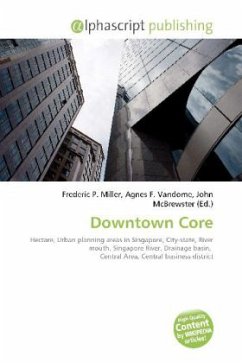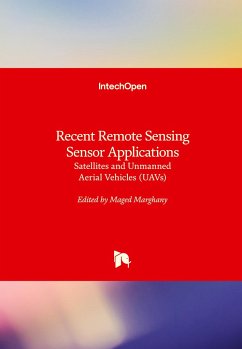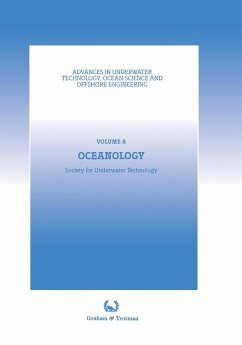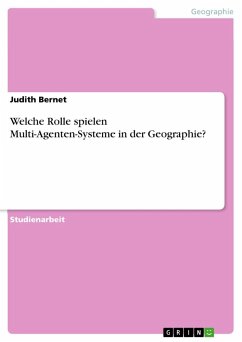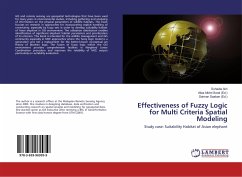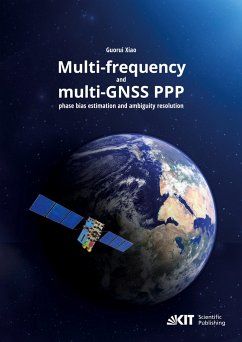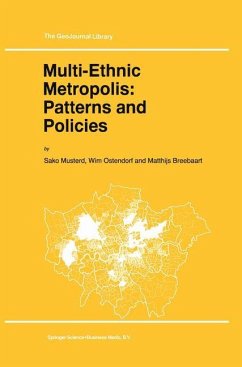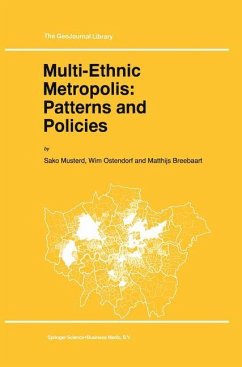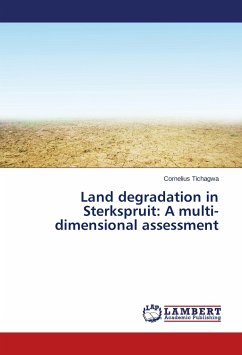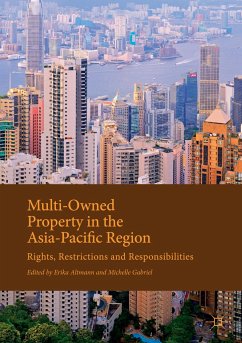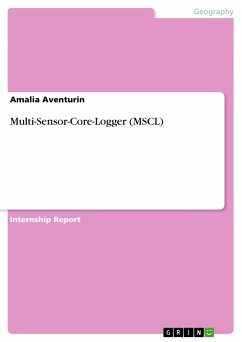
Multi-Sensor-Core-Logger (MSCL)

PAYBACK Punkte
0 °P sammeln!
Internship Report from the year 2013 in the subject Geography / Earth Science - Miscellaneous, grade: 2,3, RWTH Aachen University (Lehrstuhl für Geologie, Geochemie und Lagerstätten des Erdöls und der Kohle), course: Petrophysics Practical Course, language: English, abstract: The MSCL-experiment encloses the stepwise measurement of three differentparameters: Gamma density, P-wave-velocity (compressional wave travel time) andmagnetic susceptibility. Each is measured by different sensors. A photo of theapparatus is shown in figure 1. The four core samples G1, a black stone, coarse-grained and...
Internship Report from the year 2013 in the subject Geography / Earth Science - Miscellaneous, grade: 2,3, RWTH Aachen University (Lehrstuhl für Geologie, Geochemie und Lagerstätten des Erdöls und der Kohle), course: Petrophysics Practical Course, language: English, abstract: The MSCL-experiment encloses the stepwise measurement of three differentparameters: Gamma density, P-wave-velocity (compressional wave travel time) andmagnetic susceptibility. Each is measured by different sensors. A photo of theapparatus is shown in figure 1. The four core samples G1, a black stone, coarse-grained and compacted with smallmica particles and bigger white quartz inclusions, could be a gabbro and G2 agreenish sandstone with small particles and lesser compaction, each unsaturatedand saturated with water are halved and "transported on a stepper motor-driventracking system" to the sensors. If the rock sample is heterogeneous and the halvesdon't accord in their mineral composition, you will have now a potential error source.The samples are laid on the tracking system. A motor pushes them first to a laser,where the length is measured, than to the gamma source and then to the P-wavevelocity-sensor. Here you have a second potential error source: When the P-wavevelocity-sensor presses the samples down for measuring, they were lift on the otherside. To avoid the lifting the rock samples have to be pressed and so themeasurements are not really accurate. [...]




